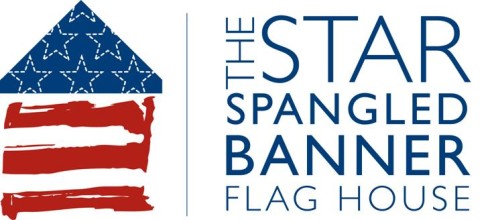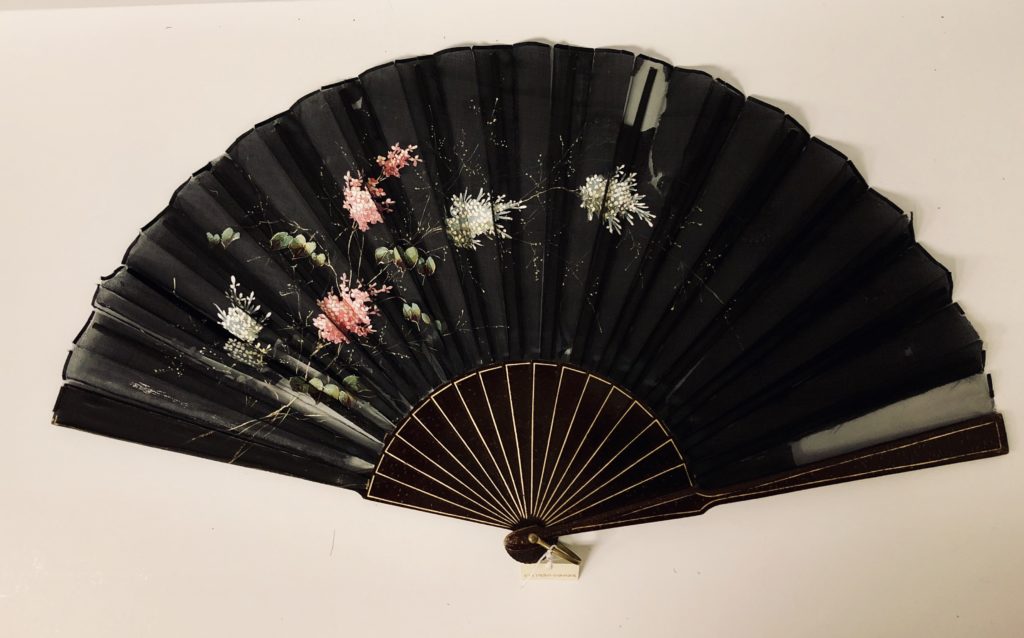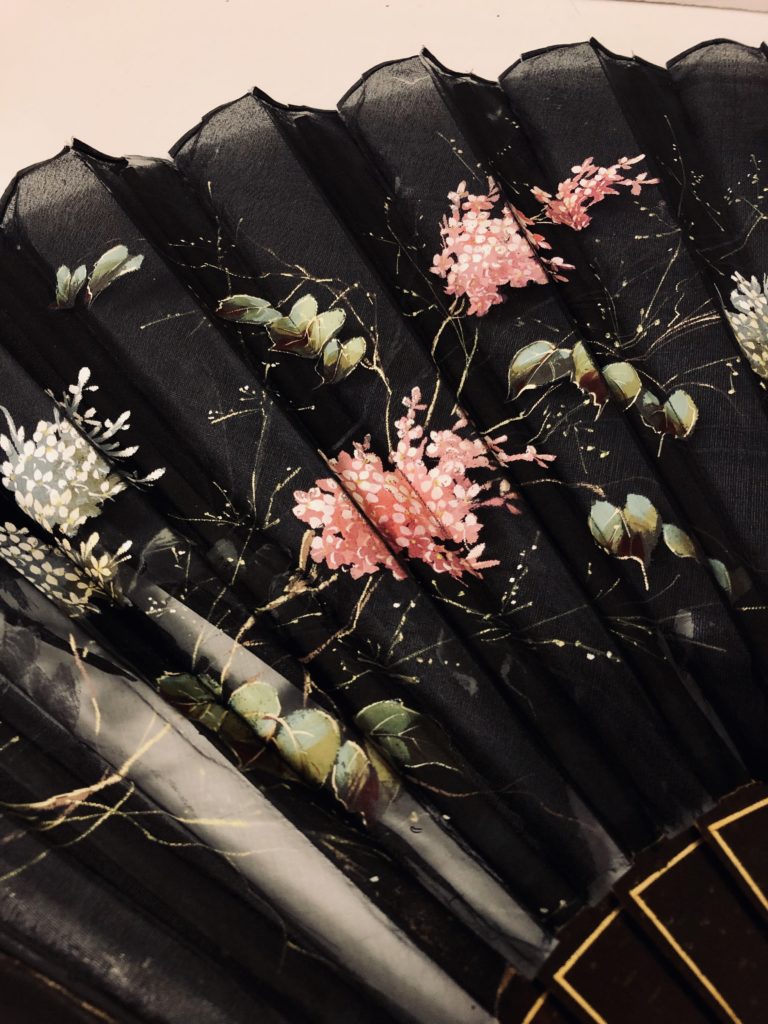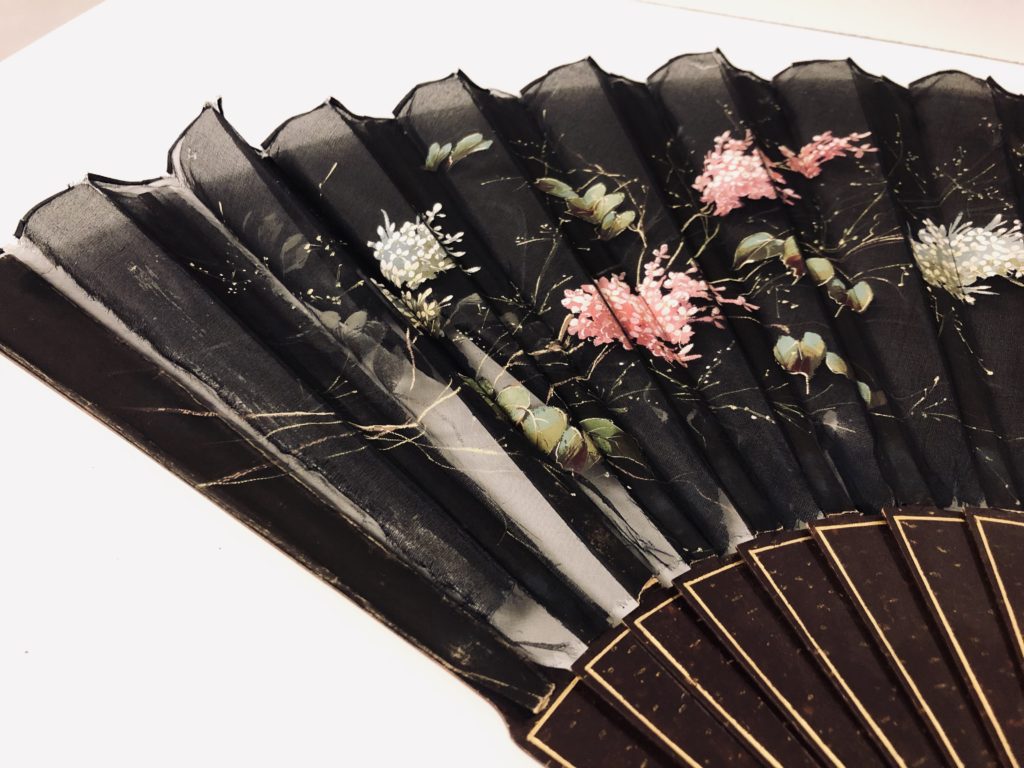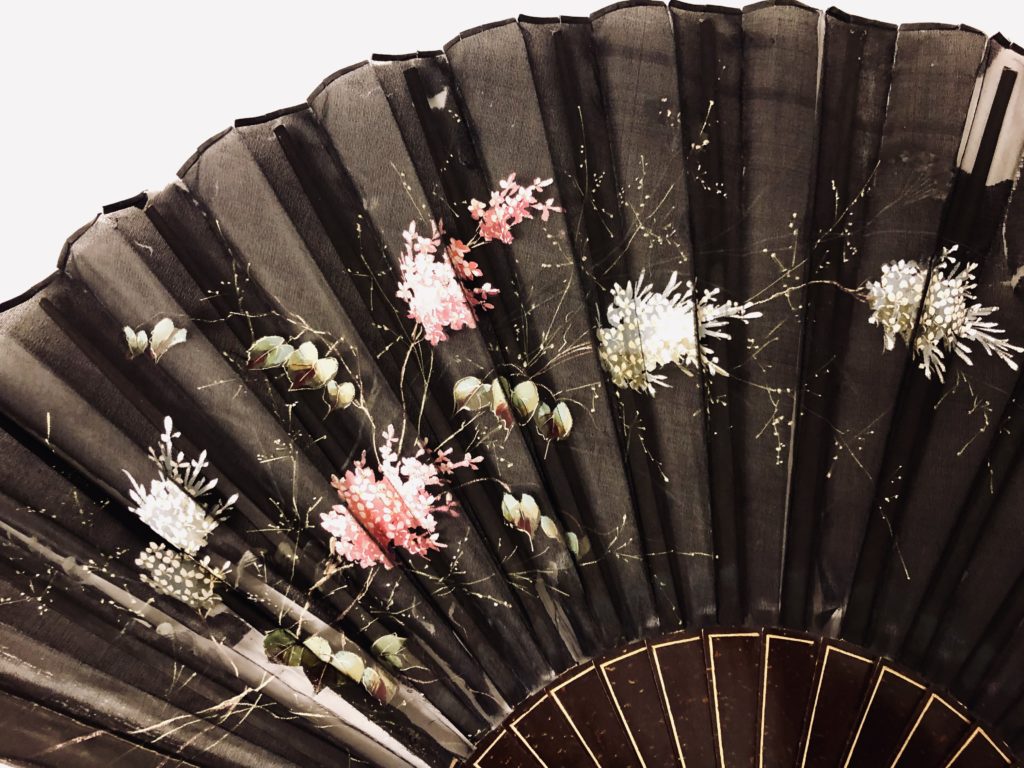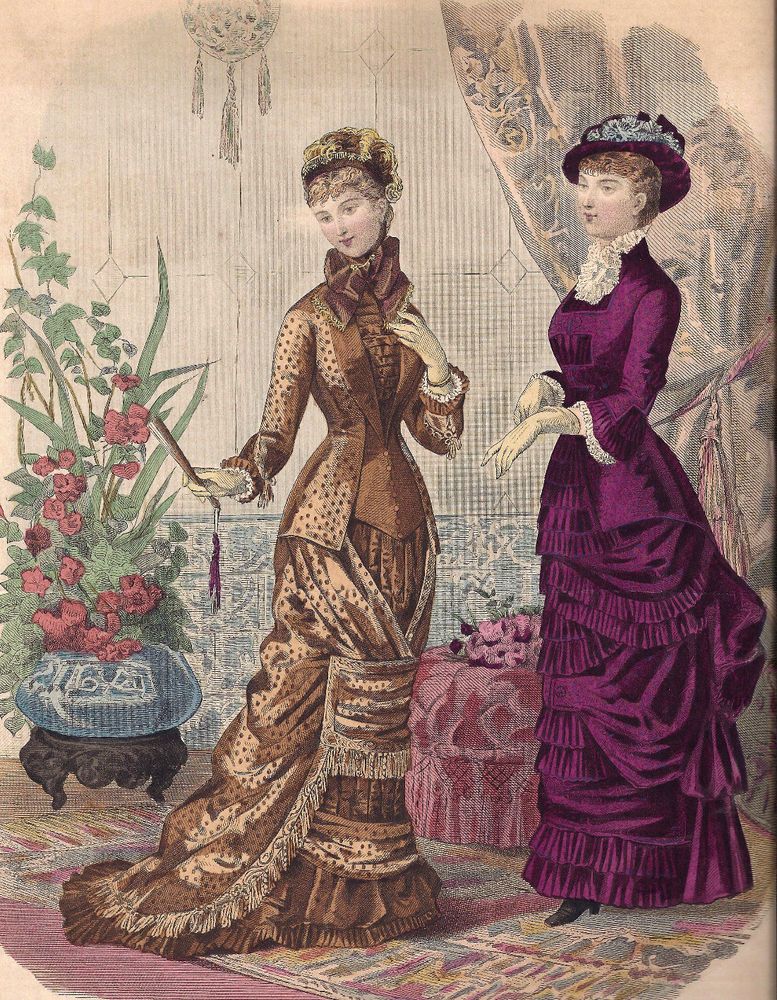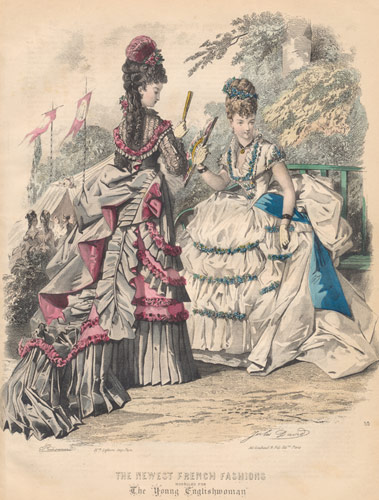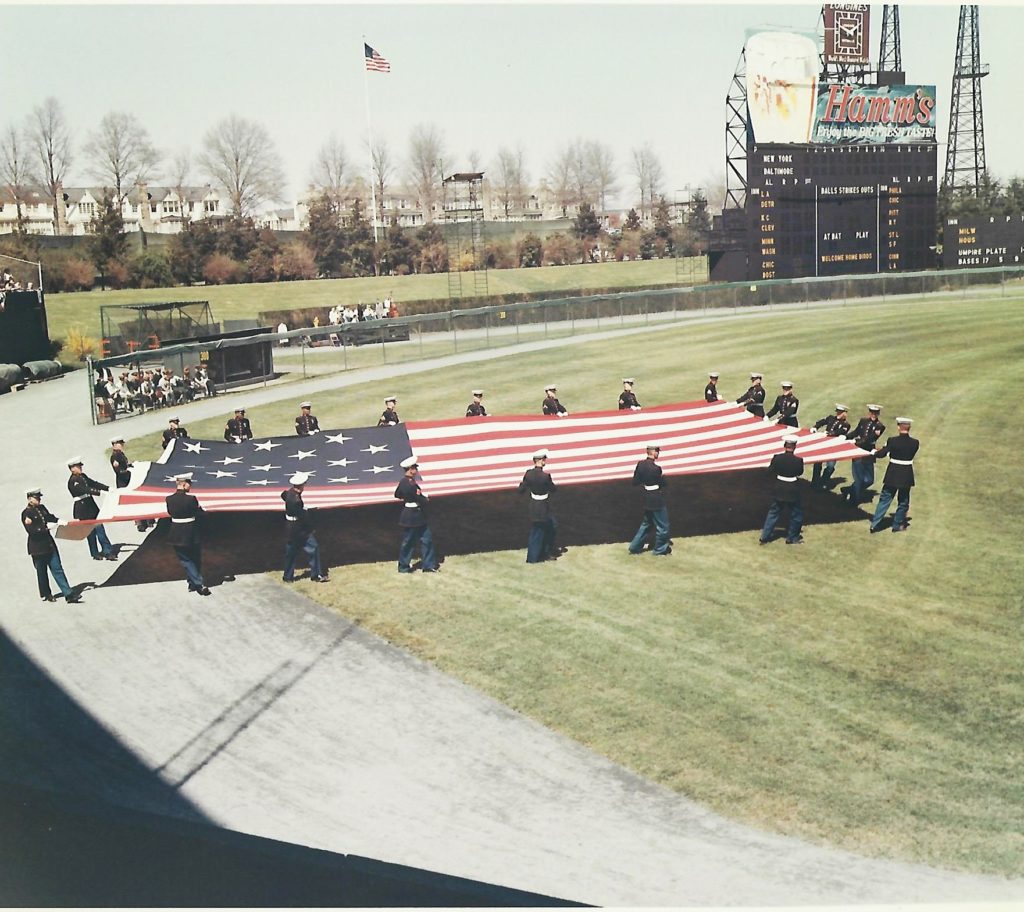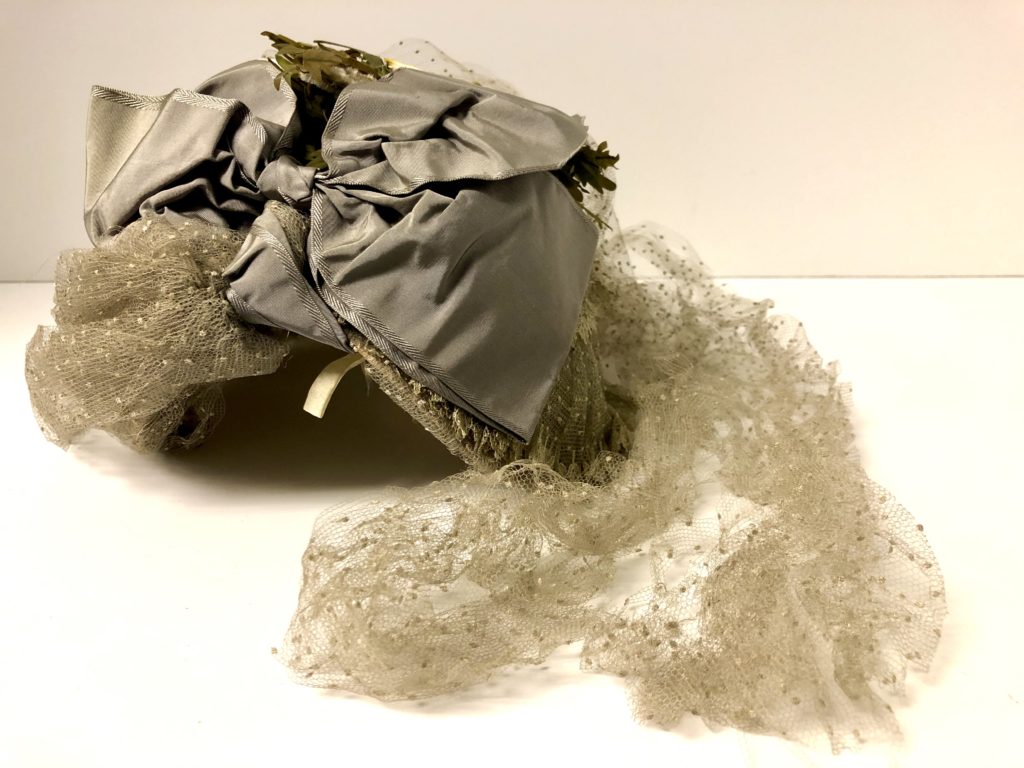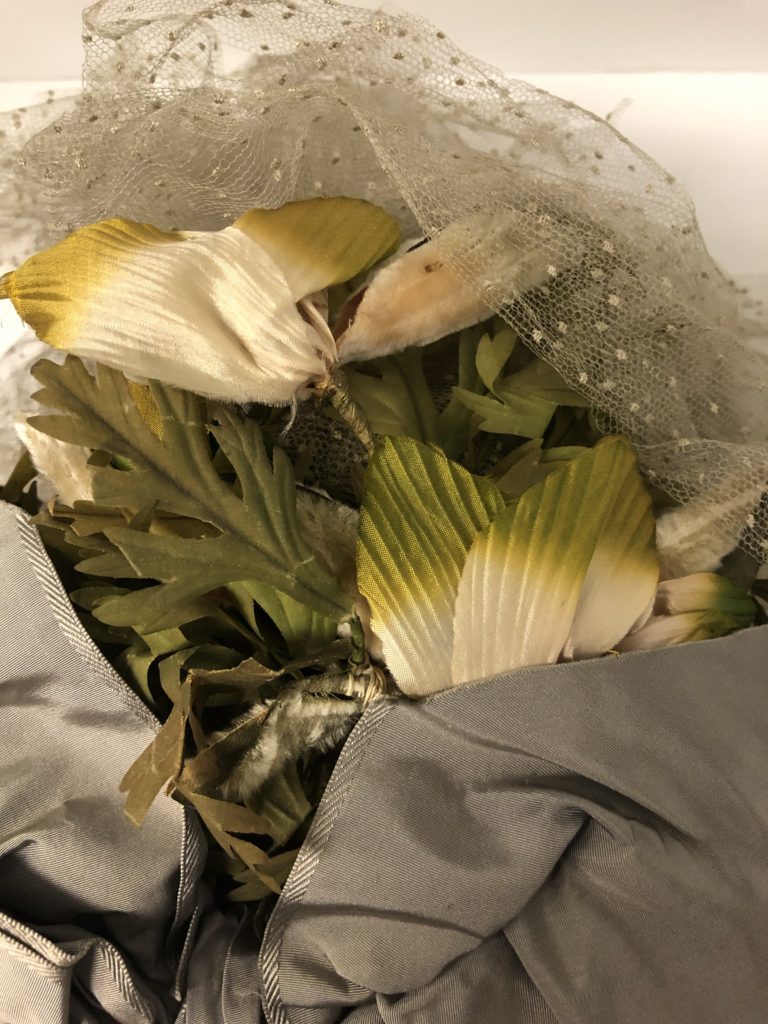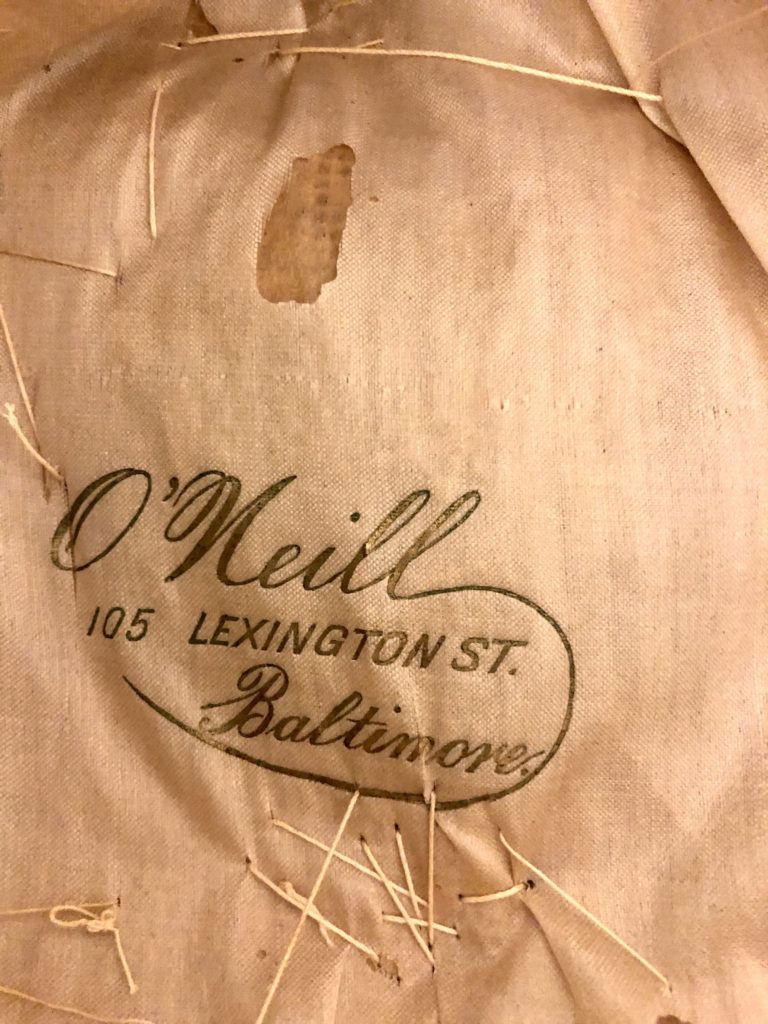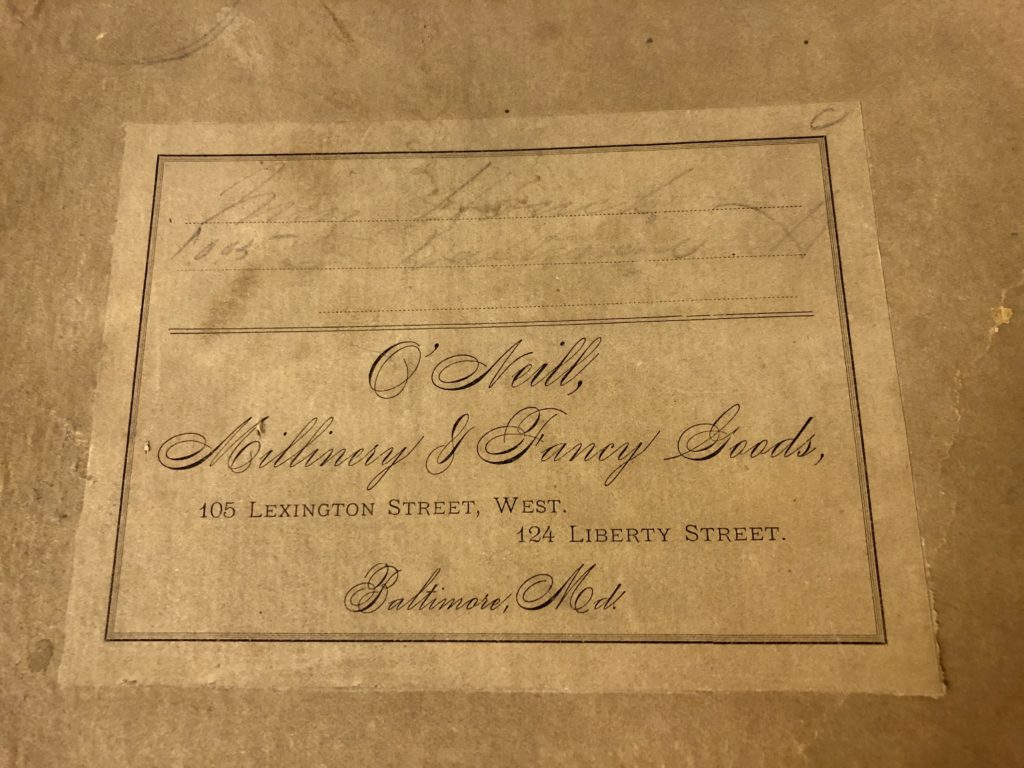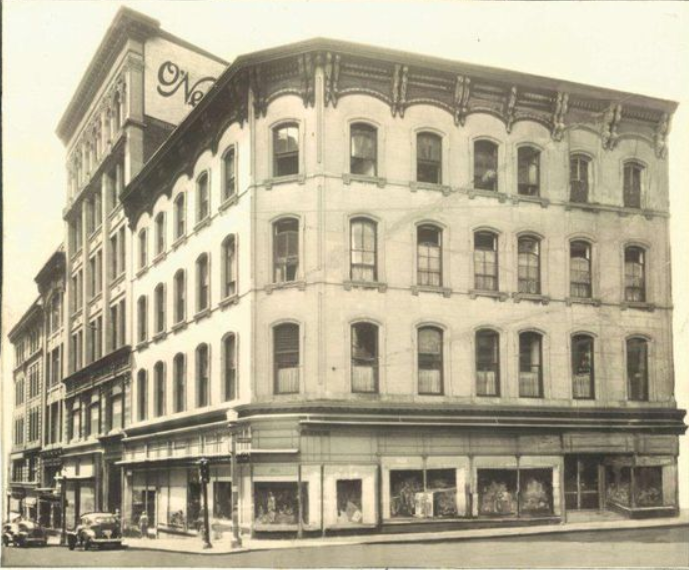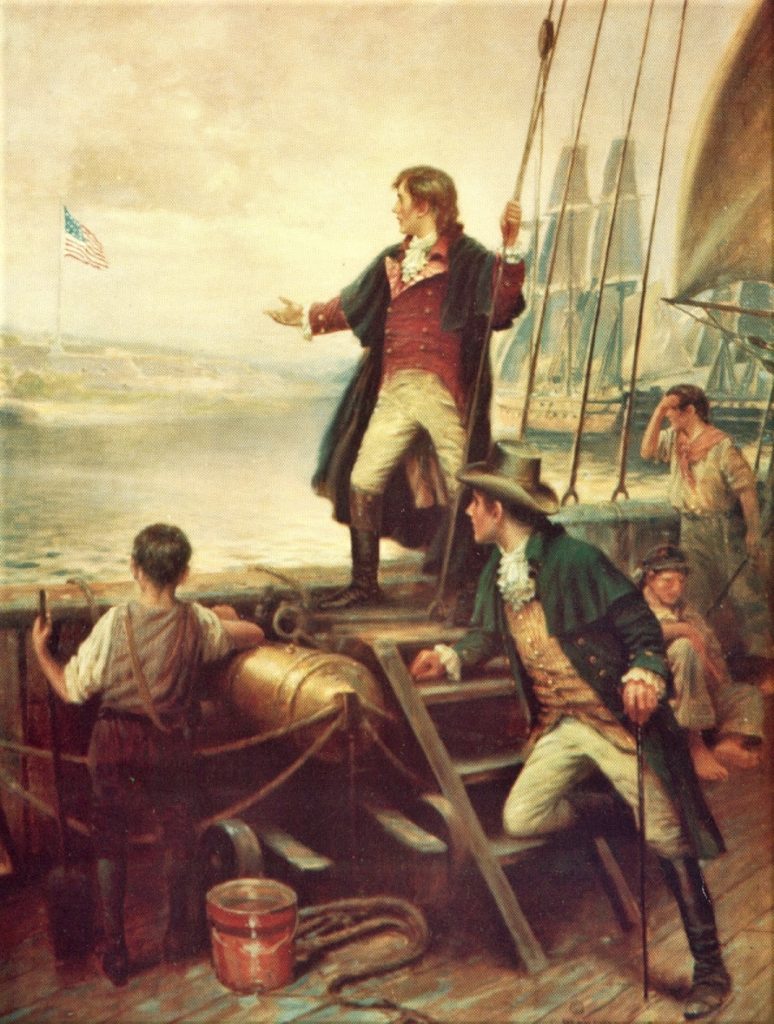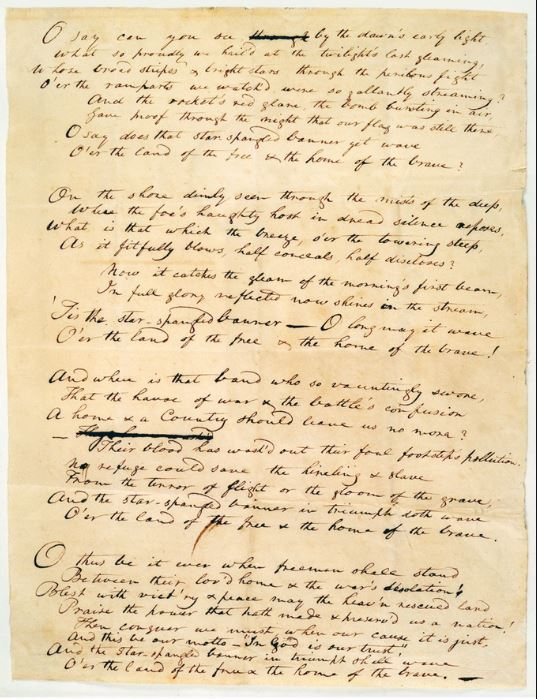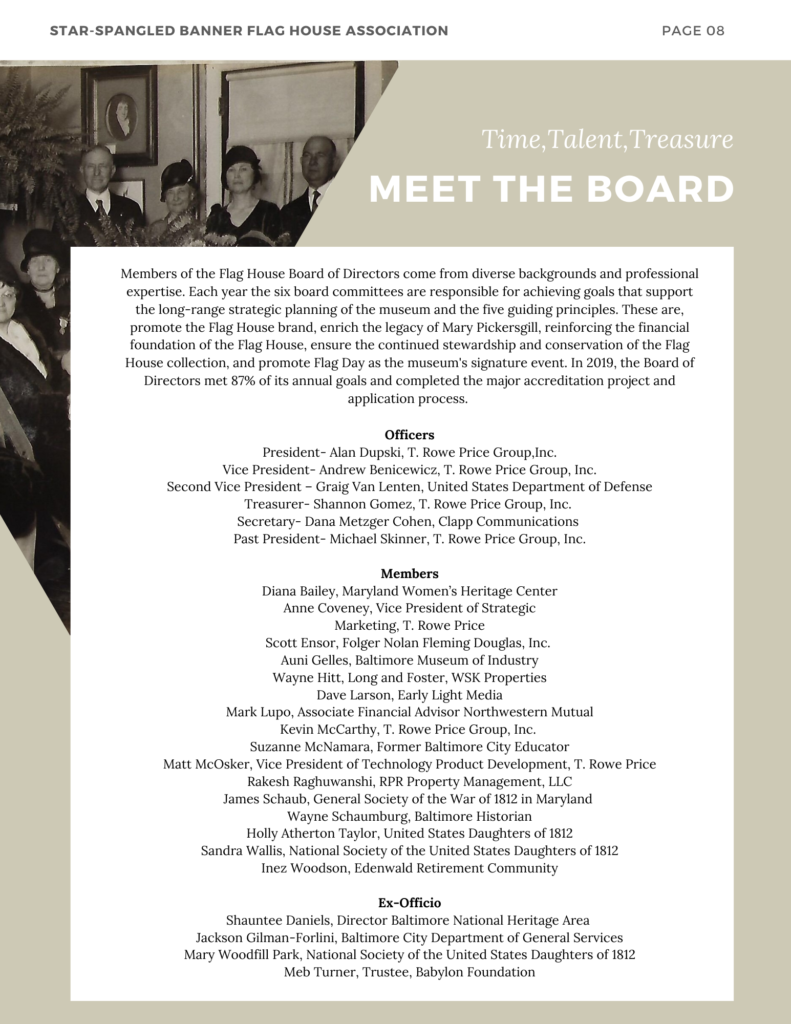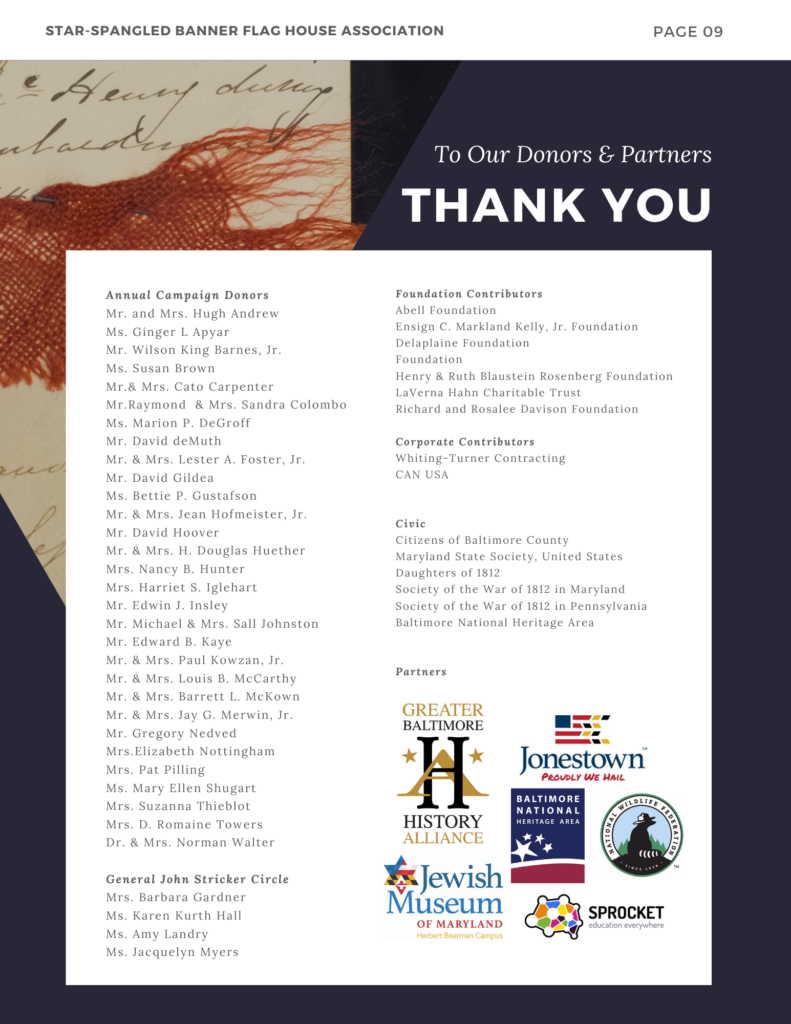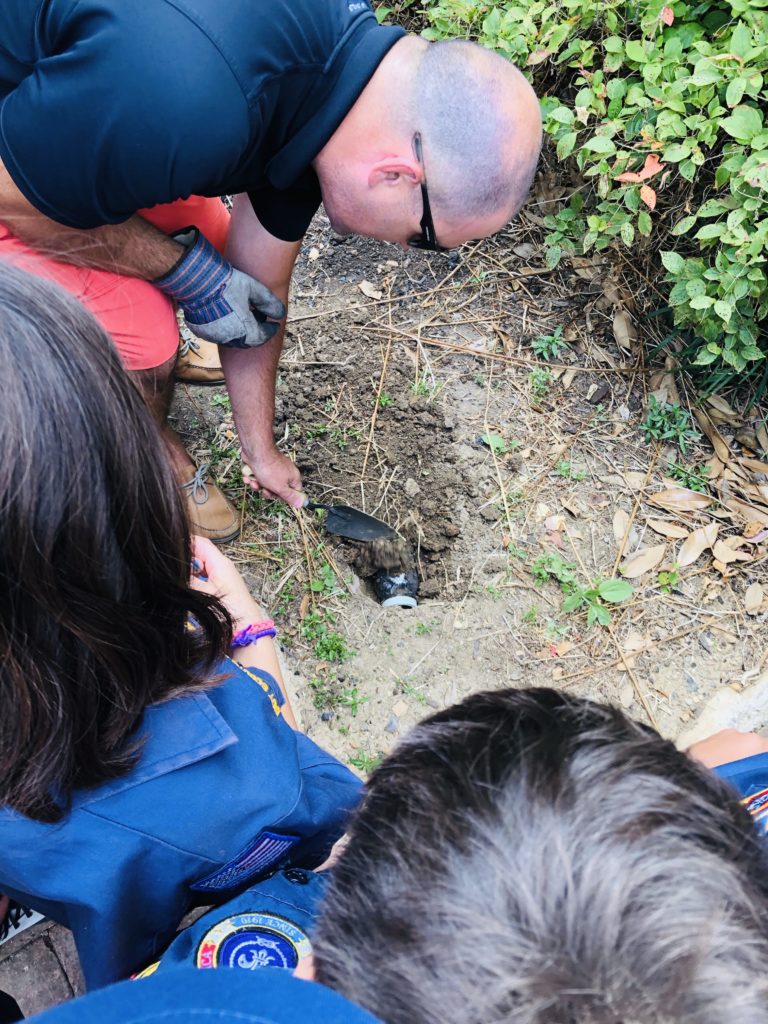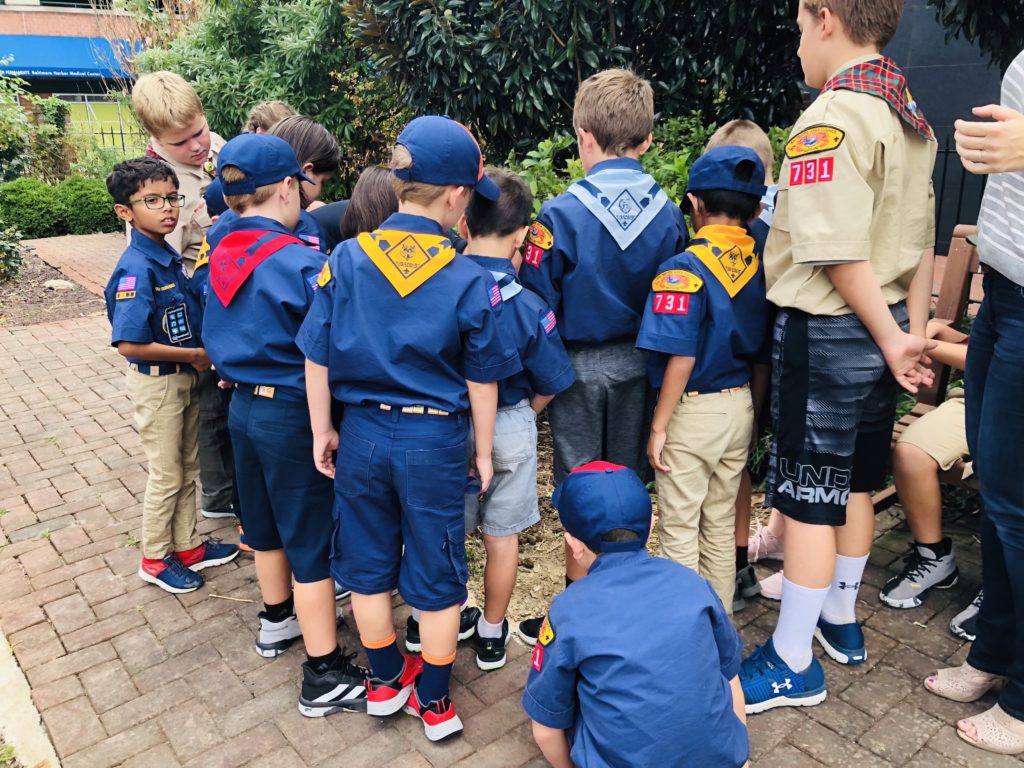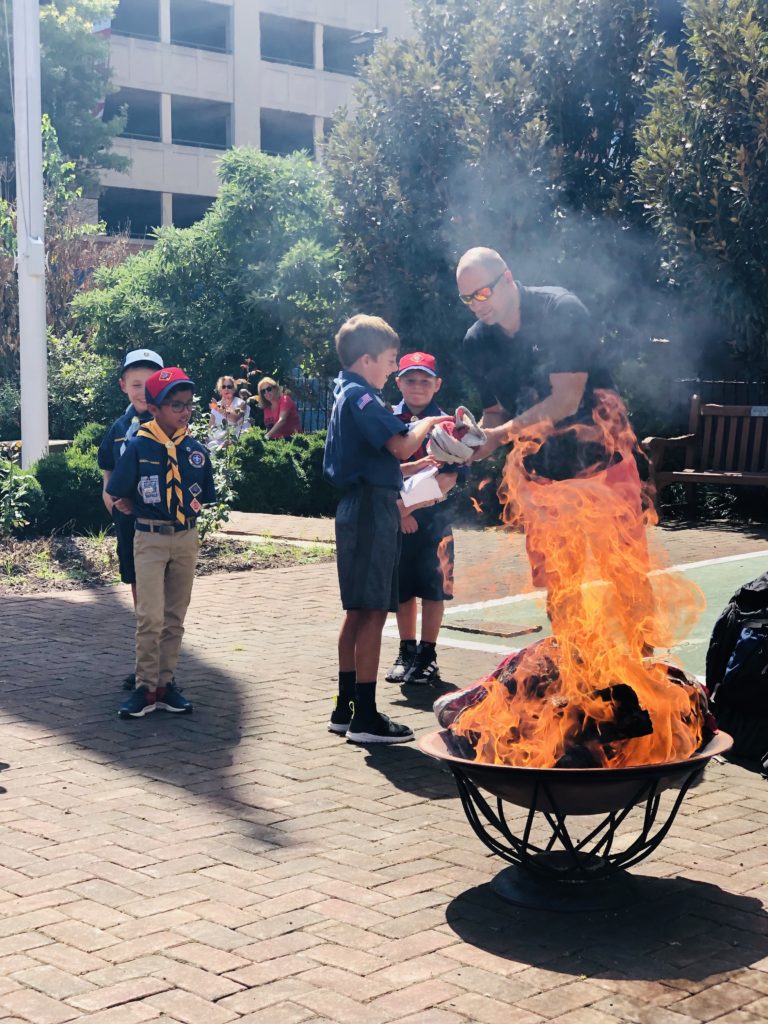Ruthella Mory Bibbins
Mrs. Ruthella Mory Bibbins (1865-1942), was a noted geologist and historian who wrote extensively on the history of Maryland and Baltimore. A native of Frederick County, she later lived in Baltimore City, graduating from Goucher College in 1897, then from Oxford a year later, receiving her Ph.D. in history from the University of Chicago in 1900. In 1903, she married Dr. Arthur B. Bibbins, and together they devoted time to civic causes in Baltimore, including the founding of the Star-Spangled Banner Flag House Association in 1927. Both Ruthella and Arthur Bibbins served as founding directors of the Star-Spangled Banner Flag House and purchased or secured the donation of many of the artifacts that remain in the Flag House’s possession today. The Flag House Association, founded by Ruthella and Arthur, gained non-profit status in 1931 and remains the steward organization that operates the museum and historic property for Baltimore City.
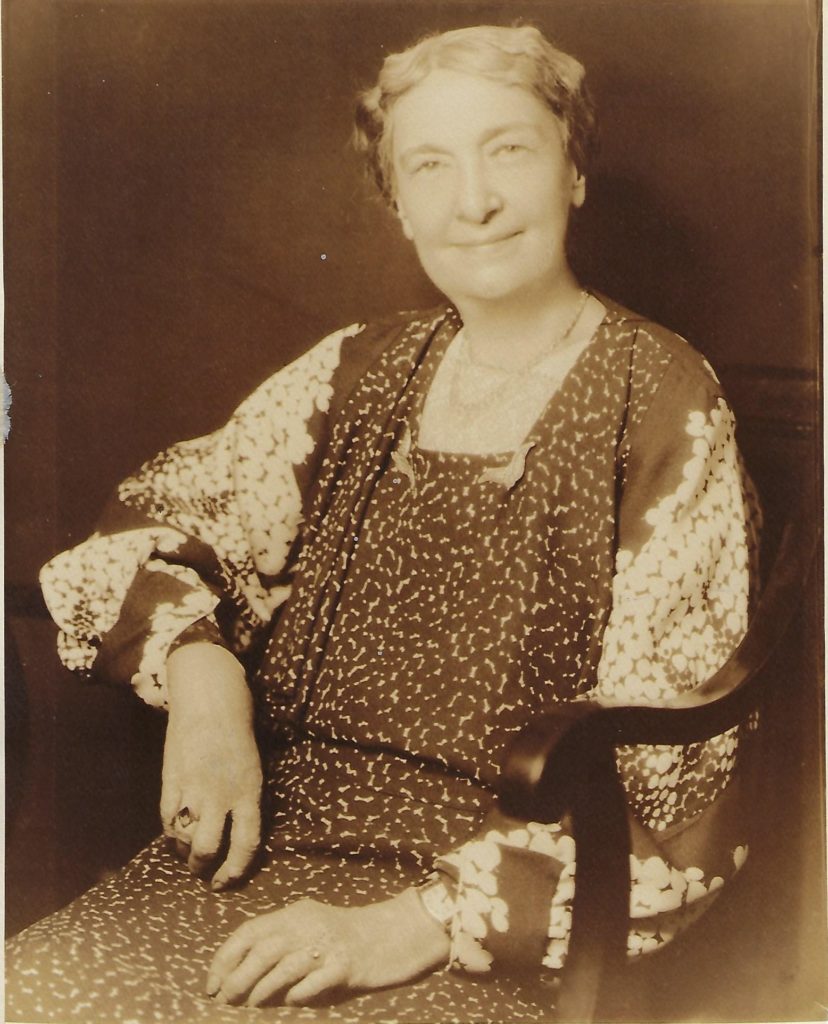
Elizabeth Murray Sewell
Elizabeth Murray Sewell, (1890 – 1977), was the wife of the Flag House’s first curator Arthur Perry Sewell. Because Arthur had been blinded by a chemical attack during World War I, Elizabeth conducted all correspondence and Flag House operations alongside her husband and on his behalf. The couple resided in a third-floor apartment in the Flag House’s attic as late as 1940. Together Arthur and Elizabeth were responsible for the initial preservation of the Flag House, restoring it to its approximate 1813 appearance, and the expansion of the museum’s footprint to include the first museum and office building (1950). After Arthur’s sudden death in October of 1946, Elizabeth continued on as curator until April 1957. During her tenure as curator, Elizabeth secured the donations of significant artifacts, including many furnishings for the Flag House’s early period rooms and objects related to the life of Francis Scott Key. In September 1958, she donated bound copies of curator’s reports dating back to 1927 for the Flag House archive.
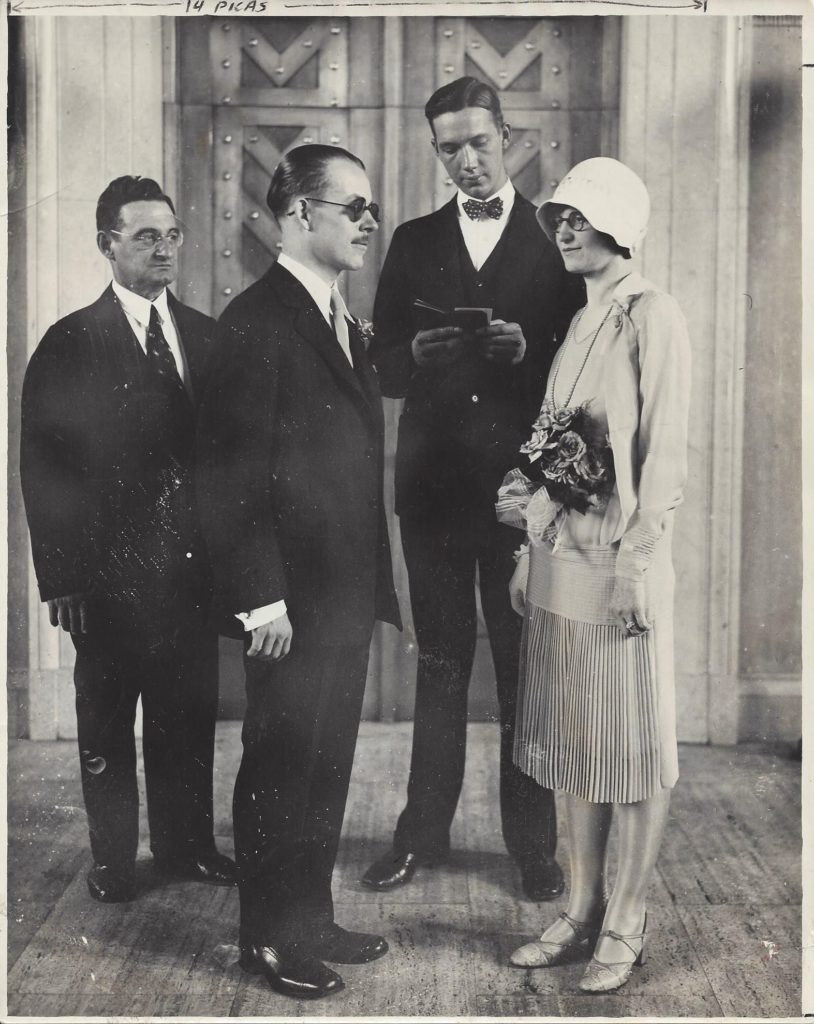
Mary Elizabeth Murray marriage to Arthur Perry Sewell, by Rev. J Monroe & Rev. Charles Asbury Smith at the War Memorial Building in Baltimore on Sept. 1, 1928.
Mary-Paulding Martin
Mary-Paulding Martin was Flag House director for 15 years from 1965 until 1980. Born in Virginia on February 8, 1912, she was a 1933 graduate of Sweet Briar College and English teacher at both Garrison Forest School and Notre Dame Preparatory School. Among her many talents as a gardener and neighborhood activist, she was also an avid writer, researching and publishing several pamphlets on the history of the Flag House. It was her work and advocacy as Director that gained the Flag House National Historic Landmark status on December 16, 1969. She was a 46-year resident of Bolton Hill and earned the nickname Mrs. Bolton Hill after being elected the first female president of the Mount Royal Improvement Association. In 1995, she published a book of poetry, Verses from My Marble Steps.
“I didn’t want to come here at all,” Mrs. Martin told The Sun in 1995. “But I fell in love with it, the buildings, the waterfront, the neighborhoods.”
Mary-Paulding Martin died in January 2007 at age 94.
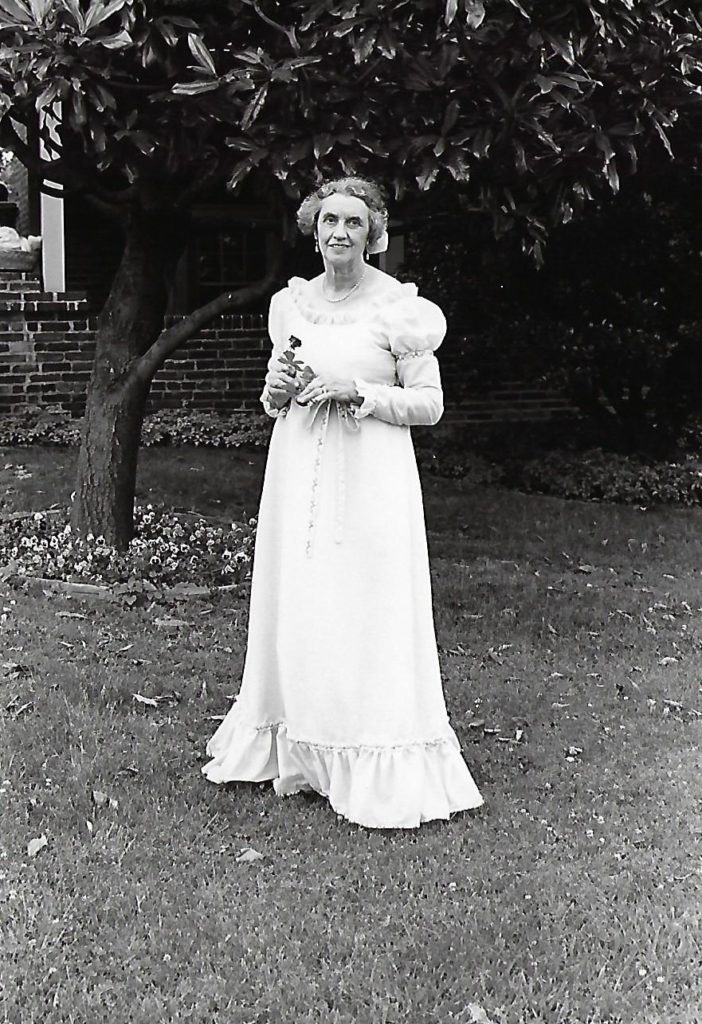
Mrs. Mary-Paulding Martin during “A Short Walk Through History”
program at the Flag House, August 8, 1979.
Anne Homer Martin
Anne Homer Martin was an instrumental donor, volunteer, and member of the Flag House and Baltimore Weaver’s Guild. The Weaver’s Guild completed the 1963-1964 Star-Spangled Banner Flag that was exhibited in the Maryland Pavilion during the 1964 World’s Fair in New York. She wove examples of the fabric on a loom constructed for this project in the Flag House and continued to give weaving demonstrations to school children in the attic into the late 1960s. Mrs. Martin is also the generous donor of the Prescott Bigelow Pewter Collection, part of the Flag House permanent collection since 1959.

Mrs. Anne Homer Martin sits at the custom loom surround by a flag display in the attic of the Flag House, about 1968.
This post originally appeared as individual posts for the Flag House’s Women’s History Month series in March 2019.
